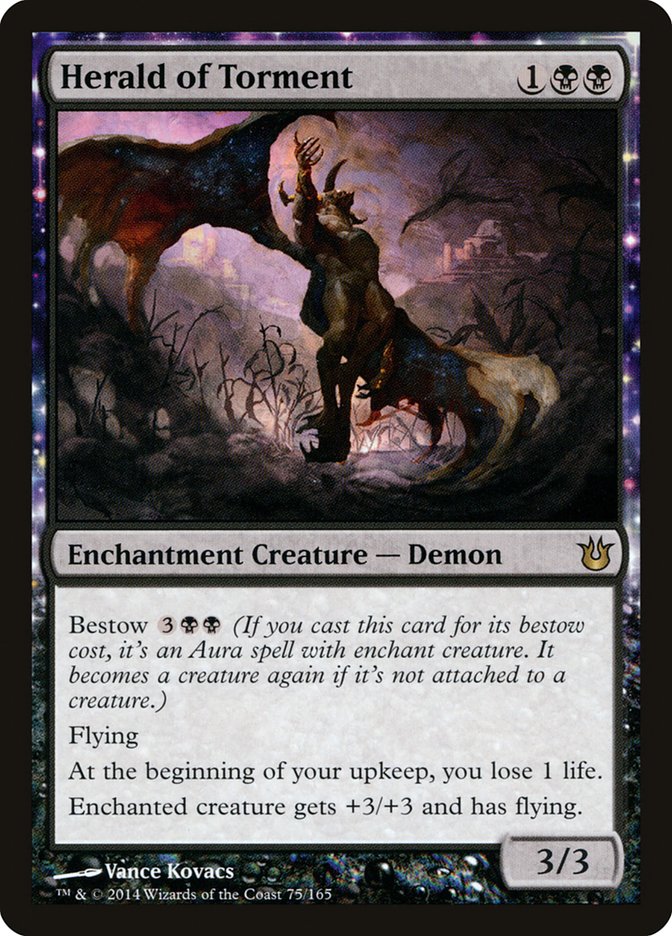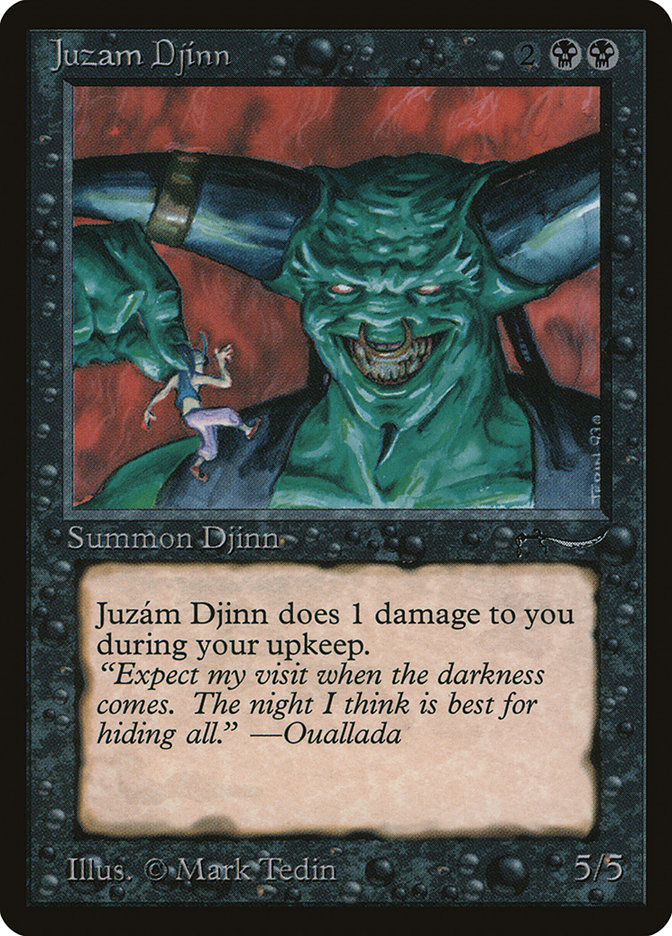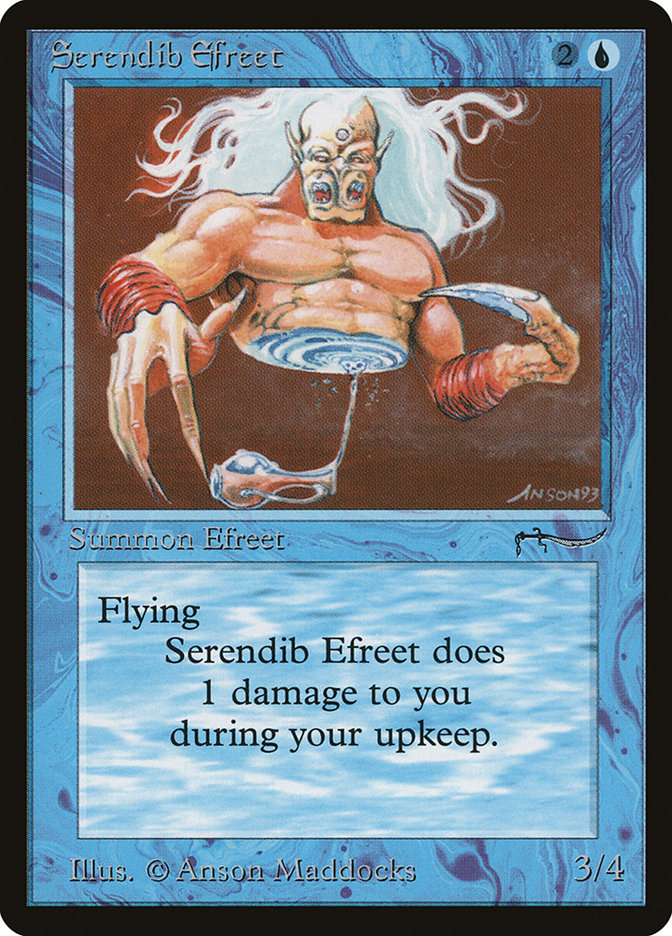As I write this article, Pro Tour Born of the Gods is taking place in Valencia, Spain. That being said, I expect almost every article published this week to be about the Modern format. I think it’s reasonable to expect the average reader to be simply inundated with Modern articles by just about everyone with a microphone, and I’m glad to be in a position to write about something else entirely.
Luckily I happened to give you my thoughts on the Modern format and the banned list updates in my last article, and by the time this is posted we can see how my predictions held up. I will be looking at Modern again to prepare for Grand Prix Richmond, which I am excited to be attending in a couple weeks, and I will certainly write about my findings before and hopefully after the GP depending on how well I do. So Modern lovers, please do not despair.
For now I’d like to talk about Standard. Standard is the current PTQ format, so it is of the utmost importance for anyone aspiring to play in the next Pro Tour. Going into Grand Prix Vancouver a few weeks ago, Standard had a very established metagame. I played Brian Braun-Duin’s Esper deck to 30th place, and the deck was angled very hard toward beating Mono-Black Devotion and B/W Midrange because it had to be to compete in the format. It worked out for me; the deck actually was good against those decks, and I ended up undefeated against them, capping off the tournament with a win against none other than Owen Turtenwald in the last round, which felt great.
Thus far we’ve only seen a handful of results from Born of the Gods Standard, so while it’s possible that Mono-Black Devotion will retain its stranglehold on the format, we don’t really know that for sure. Similarly, most people have only written about Kiora, the Crashing Wave; Brimaz, King of Oreskos; Ephara, God of the Polis; Courser of Kruphix; and a handful of other cards, so today I’d like to talk about something new.
Specifically, I’d like to talk about Herald of Torment.
When I first saw Herald of Torment, the card I immediately drew a comparison to was Junun Efreet, but obviously instead of having the upkeep cost of BB, it has the Juzam Djinn upkeep cost of take one damage. So maybe closer to Serendib Efreet then? Certainly we can all agree that drawing a comparison between a card and Serendib Efreet is probably a favorable comparison for whatever card we are looking at.
First let’s talk briefly about the mechanics of the card. It has flying, which means it will be difficult to block for most non Mono-Blue Devotion decks, and it can pressure planeswalkers, especially Elspeth, Sun’s Champion, who can defend herself against the rest of the deck I have in mind. It can also fly over a Blood Baron of Vizkopa, although it alone cannot race the Blood Baron.
The fact that it also has bestow means that a lot of the games where you cast this card with bestow it will likely simply kill your opponent. Bestow is a nice added safety mechanism against Supreme Verdict, which every aggressive deck would obviously love to have. Back to my point, in Standard there just aren’t that many fliers that will be in play ready and willing. The ones that might are not really big enough to block and kill even a 2/1 bestowed by Herald of Torment, and if our deck is aggressive, we can have ways around Desecration Demon.
Against Kiora, the Crashing Wave, Herald of Torment is very interesting indeed. At first you will hate it because when they detain your creature with Herald on it you won’t get to attack with either creature. However, if they get low enough, you’ll actually be able to kill your own creature to enable a hasty Herald to kill them or Kiora if necessary. This is a play that came up in testing and caught me well off guard, but it is indeed relevant. Notably, the card also has two black mana symbols in its casting cost, which may become relevant (Nykthos, Shrine to Nyx and Gray Merchant of Asphodel. obviously). Finally, it of course pings you every turn, which means if you’re racing you’ll best be served by being careful!
I’m all for powerful cards, but I do like ones that aren’t simply all upside—ones that might really require some thought, might punish the controller if they get too loose with their plays, might let me steal a win out from under them. Most of the time this will be the last thing that happens in a game that it’s bestowed, but when it’s cast, the upkeep pings might really add up.
Let’s start with the original list, which to my knowledge Owen Turtenwald posted and I believe was this:
Creatures (24)
- 4 Pack Rat
- 4 Desecration Demon
- 4 Thrill-Kill Assassin
- 4 Rakdos Cackler
- 4 Lifebane Zombie
- 4 Tormented Hero
Lands (24)
Spells (12)
Sideboard

This deck is a one-way ticket to the attack step. Even so, it manages to play four copies of both Thoughtseize and Hero’s Downfall, cards that have been criticized for their ability to "ignore the text box" of your opponent’s cards and thus are among the best in the format. This is confusing, but essentially people feel these cards are not fun because of how good they are. I agree that these are not good cards to design or (re)print, but that isn’t in the purview of this article; instead, I will just suffice to say that since the cards are in the format we should take advantage of them.
It also runs four copies of Pack Rat, which before the printing of Bile Blight was an avenue to a lot of free wins and a lot of disappointed opponents. Bile Blight changes everything, but I’m not quite ready to talk about that yet. This deck boasted a great matchup against traditional Mono-Black Devotion (the "boogeyman" of the format, if you will) and ran the full four Mutavaults to give Sphinx’s Revelation decks fits. Early in the format players like Reid Duke and Sam Black praised Mutavault highly—and rightfully so. There were a lot of decks I liked in the old format, but the ones without Mutavault always made me wonder if it was really worth running a two- or three-color mana base that couldn’t afford Mutavault because it really is that good.
Another thing this deck does that I really like is play four copies of Lifebane Zombie in the maindeck. Lifebane Zombie is a card that I boarded in quite often with Mono-Black Devotion and B/W Midrange, even against decks without creatures just to pressure their planeswalkers. I was tempted to play Lifebane Zombie in the maindeck, and I was quite happy to get to play it in this deck. It’s good against almost every deck in the format (not quite great against other black decks or Mono-Blue Devotion), and when it hits, it just feels so good. Lifebane Zombie also provides a much needed answer (complementing Thoughtseize) to Blood Baron of Vizkopa, which by now you may have figured out is a real problem for a mono-black deck without Devour Flesh.
I suppose this deck caught the eye of Larry Swasey, as he had been working on it since Owen printed the original list, and I got in touch with him in preparation for a local PTQ. After discussing the deck with him, it became apparent to me that he knew what he was talking about, and I gave it a spin online. I don’t think the deck lost a single match in the first ten attempts, which was exciting! Previously, the format felt a little boring or stale with such entrenchment and obviously good cards and synergies. As I discussed before, there really weren’t any unturned stones; we had what we had, and we knew it.
Well, it seems that people still do not know about Mono-Black Aggro. It never shows up online, and I have not seen it in any event coverage in real life either. But I assure you the deck is great.
In preparing for the PTQ last weekend, Larry provided his new list, which was as follows:
Creatures (26)
- 4 Pack Rat
- 2 Desecration Demon
- 4 Rakdos Cackler
- 4 Lifebane Zombie
- 4 Tormented Hero
- 4 Pain Seer
- 4 Herald of Torment
Lands (22)
Spells (12)
Sideboard

Minimal changes, but significant ones nonetheless. Gone was combat all-star Thrill-Kill Assassin, as well as two Demons and two total lands. Admittedly, Desecration Demon isn’t as good as it once was; virtually every deck is designed with it in mind, and while the card is phenomenal, it isn’t too good against Chained to the Rocks, Ultimate Price, or Dark Betrayal, a card that even U/W Control (a la Alexander Hayne) played as recently as a month ago. The fact that the card is incredibly good against decks in the Naya shard means that the other two Demons still show up in the sideboard, but cutting them from the maindeck and lowering the curve makes the deck a bit sleeker, which I love.
In place of Thrill-Kill Assassin are four copies of Pain Seer, a card which is yet unproven even after a bunch of games with the deck. Thrill-Kill is quite poor against Jace decks, while Pain Seer is quite good, and that matchup is probably one of the least desirable game 1, so it’s a good switch for our overall win percentage.
Going forward I still expect a lot of Mono-Black Devotion (which will be good for us) but also think there will be a lot of experimentation since the new set is now released online, where the real brewing can take place. This also favors a deck with a linear strategy and four copies of both Thoughtseize and Hero’s Downfall because no matter what they’re doing you’ll be able to bend them to your will and assert your game plan.
I think the hardest matchups for this deck are probably fringe strategies like Burn and mainline strategies like Mono-Blue Devotion, but all the matchups are winnable. Thoughtseize is quite good against Mono-Blue Devotion even though they are aggressive in nature. I believe this is a good reason to consider playing a pair of Bile Blights over two of the Ultimate Prices in the maindeck.
Bile Blight is a card that is almost impossible to play around with Pack Rat and really changes the dynamic of a lot of matchups. Of course, in a deck with your own Pack Rats it means you’re going to have to be careful because if you deploy a Rat and then they deploy a Rat you can’t exactly just go and kill theirs without first getting some value out of yours. However, the fact that it deals with the outright scary draws from Mono-Blue Devotion (multiple Nightveil Specters, multiple Cloudfin Raptors, multiple of a lot of things) and can really complicate matters for your opponent’s Pack Rats means I really think the card is worth exploring.
I’m recommending a two-of switch because I don’t want to totally give up all of our anti-Demon removal (I know we have Hero’s Downfall, but that card is often stretched pretty thin and relying on it for everything in a way means you cannot rely on it for anything.) Ultimate Price also fails against a lot of the devotion creatures in other colors, specifically Boros Reckoner and Burning-Tree Emissary. Bile Blight can pick up the slack against those cards and make up for tempo against nut draws, which is really attractive to me.
In the old format if your opponent drew multiple Burning-Tree Emissarys, it would almost certainly seal the fate of Mono-Black Devotion, but now if they have a Bile Blight, you can really turn the tables on them. Though I will leave updating Mono-Black Devotion to writers more experienced with it (or at least wait until I am one of them), I do also think Drown in Sorrow is worth a look.
The fact that a lot of your own creatures would potentially die to Drown in Sorrow is almost as good a reason to play it as to not play it, and I’d like to unpack that a little. Your opponent simply won’t expect the card from you, so if you can sideboard in a way that makes you less vulnerable to it—say by boarding out all of your x/2s (and smaller or cards that cost less than three mana)—then you can really take advantage of an unprepared opponent who will probably simply assume you kept a slow hand that perhaps you should not have.
I don’t think it’s unreasonable to sideboard a card like this in this deck, though I’d want to do a lot more testing against those decks before I did. Even though it would kill our Lifebane Zombies, I’m not sure I’d want to take them out when they’re live, so it may not be viable. It’s nice that Lifebane Zombie costs three and Drown costs three so you won’t simply have to awkwardly kill your own Zombies all the time. That being said, Drown in Sorrow is a real card that people will play against you if you play this deck—they’ll have them in their sideboard for devotion strategies and the W/B deck Ben Stark and Pat Cox made popular at the snowy tournament in Dallas early in the season.
The rest of sideboarding with this deck is sweet. It’s intuitive—you want Duress against control decks; removal against creature decks; and Erebos, God of the Dead will feel good to you as you’re looking through your sideboard after you’ve played game 1 and you’ll know if you want it or not. You’ll know that you hated having Ultimate Price stuck in your hand, so it will be easy to remove them.
You get to have "all good cards" against everyone in sideboard games, which may sound silly but not every deck can do. In the old days (Caw-Blade era, so not that old) you could sideboard into a heavy white deck against aggro decks and board into a heavy blue deck if you faced the mirror. This deck can similarly board into a removal-heavy, card-advantage-laden deck against creatures and a highly disruptive, resilient aggressive deck against control decks.
I’d like to give special thanks to Larry Swasey, someone who has won multiple PTQs and who always has a grasp on the current format as well as an interesting take. If you liked this article, you should probably be following him on Twitter or at least reading his blog.




